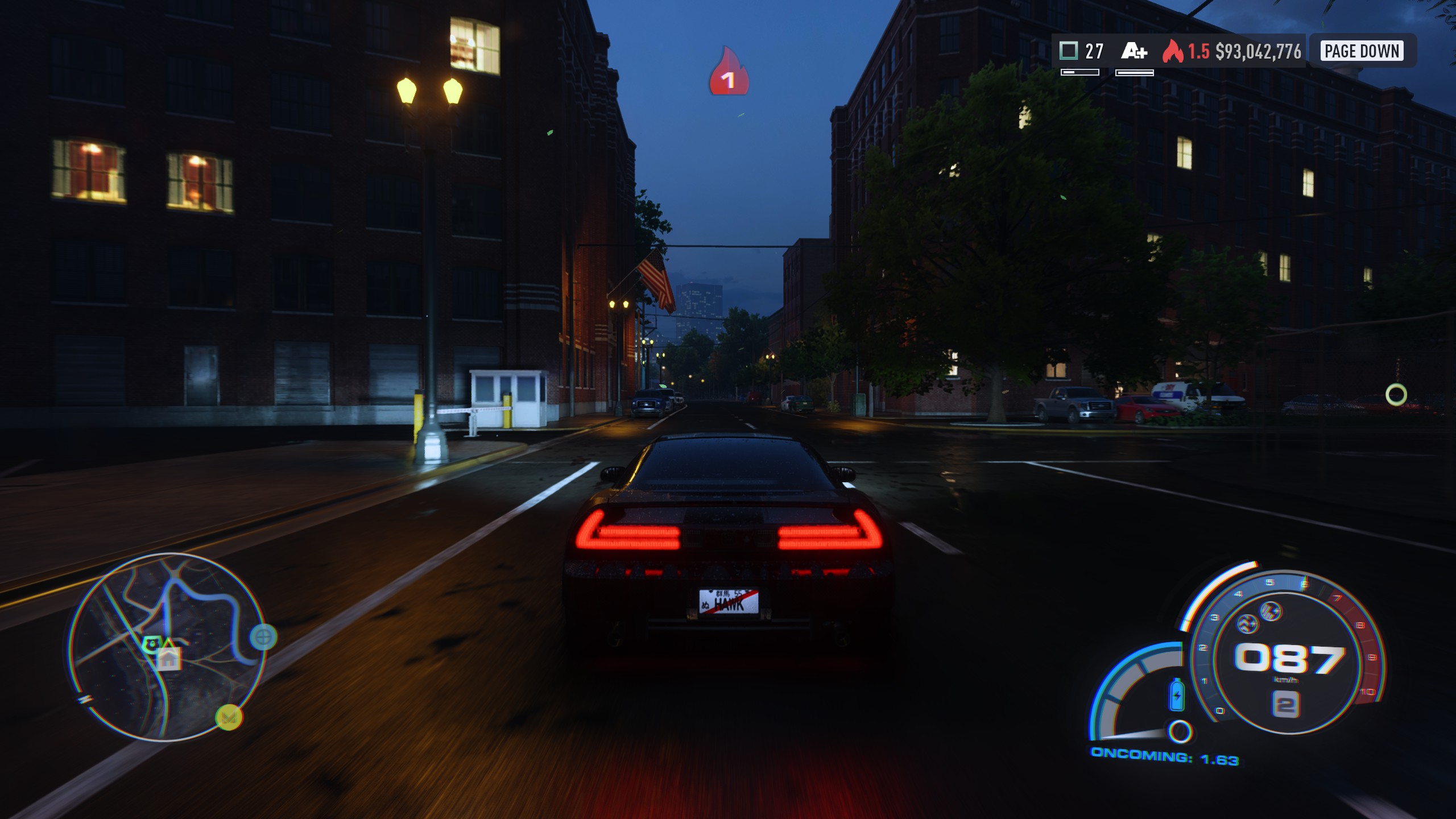NFS Unbound
Gameifying driving to enhance the core gameplay loop
In the modern day and age, with shortening attention spans, games have to do more and more things to catch and keep the attention of players. Need For Speed: Unbound is one of these games. They use special tricks to enhance the core driving gameplay loop, to set themselves apart from more simulator-like experiences such as Forza Horizon or Grand Turismo.
Nitrous Boosts
NFSU uses a different boost system from its earlier installments. In this game, you can earn "Nitrous Boost", or Nitro for short, from performing certain actions, which can in turn be used to grant the player a speed-boost. While in older games this was mostly a strategous resource, it has become more of a minigame now, thanks to the addition of "Burst Nitro", which earlier games did not have. In the following images, this can be seen in the bottom right, with normal nitro being blue, while burst nitro being yellow.

Normal Nitro vs Burst Nitro
I feel like this mechanic really embodies the shortened attention span a lot of modern players have. This mechanic allows for incredible speed boosts by performing certain actions, but unlike normal nitro, it cannot be saved up and has to be used immediately. This leads to players focusing more on gaining nitro, than on how the race is going as a whole. It creates instant gratification.

Burst Nitro Enablers
The reason why this system works so well is how the designers allow the player to gain burst nitro. These methods can be split into two categories: Risk and reward, and skill development. For risk and reward, by performing actions that make the race more difficult, such as drafting, or barely evading cars as you pass by them, you increase the volatility of the player's actions, and increase the chances of the player making a mistake, which they can learn from. For skill development, these enablers push the player to interact with the game's systems through either drifting through a turn, or braking in time to take a full-grip turn.

Bringing it back to the core gameplay loop
Most modern racing games expand the gameplay significantly in the second or third gameplay layer, at the 10 to 30 seconds mark. Generally through power-ups, they make the player interact with the track, and their opponents. NFSU managed to expand the first layer of gameplay instead, making this system something the player interacts with with every second of their playing experience.
Replicating this in one's own game
To replicate this design principle, of enhancing the core gameplay loop, to one's own game, it is important to first break down your game to its core components. By testing specifically the core gameplay loops and removing the other parts of the game, it becomes possible to verify how fun the game is at its center. This follows core principles of the Robert Zubek design model.
Other notable games that do this well
This is an non-exhaustive list of games that I have played that implement similar depth in their core gameplay loop, and their respective systems: